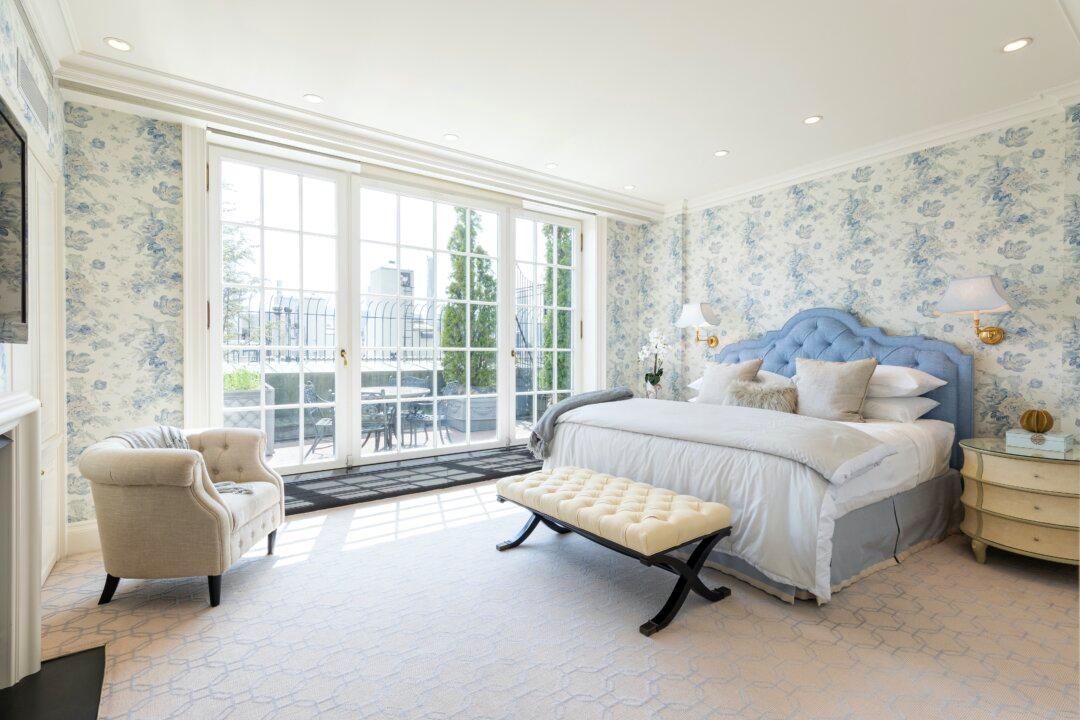Commentary
The floors, the walls, the ceilings—time was when every home and public place sought to make them all beautiful. When prosperity grew throughout the 19th century, domestic and commercial places became ever more wonderful.

The floors, the walls, the ceilings—time was when every home and public place sought to make them all beautiful. When prosperity grew throughout the 19th century, domestic and commercial places became ever more wonderful.